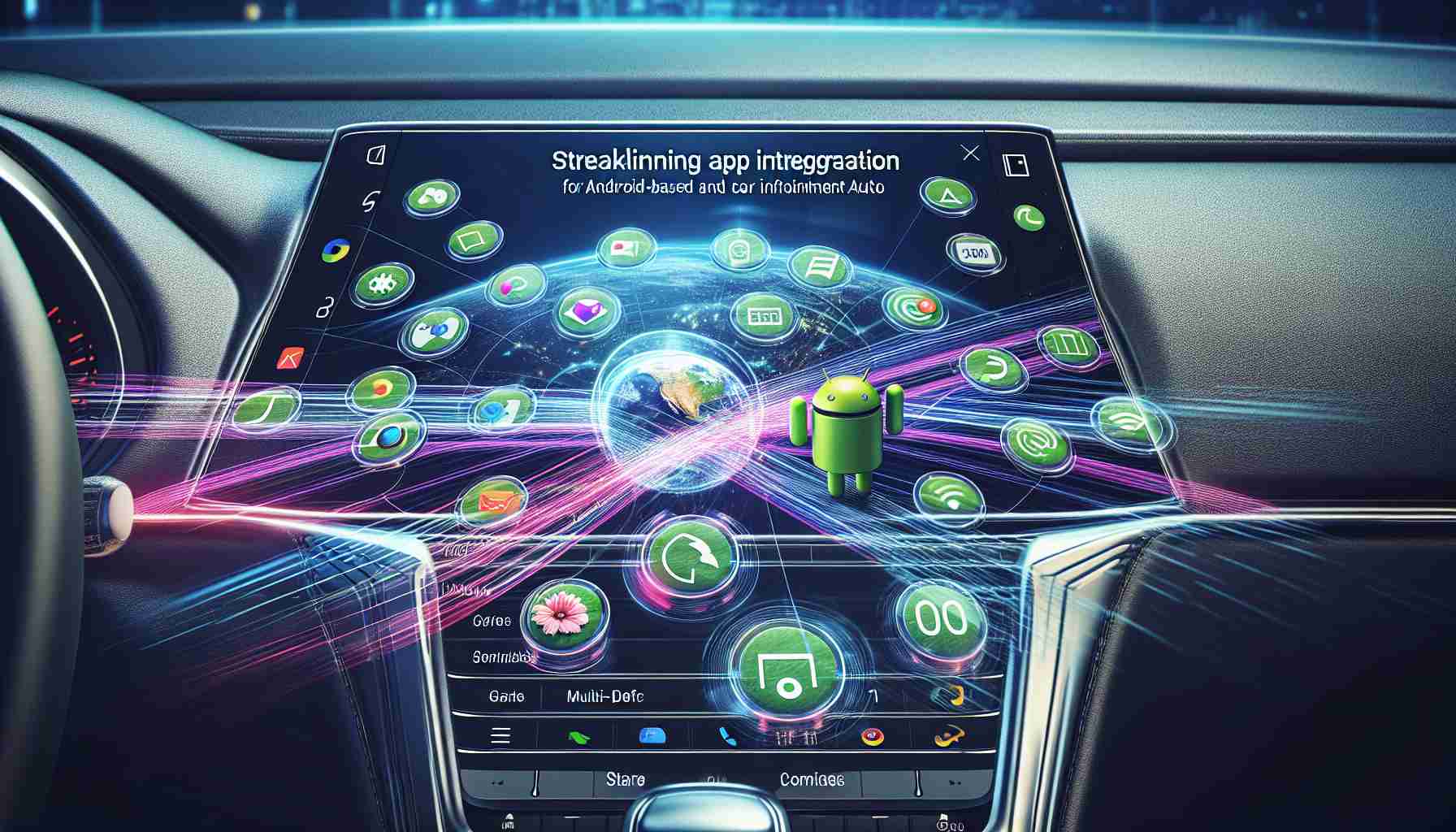Innovation Driving Safer In-Car Technology
With the rise in size and complexity of in-car screens, Google has embarked on a mission to foster safer and more intuitive app usage for drivers. The tech giant is unveiling a fresh initiative aimed at seamlessly ushering mobile apps onto larger vehicle displays. The new policy will allow for a proactive assessment of apps, particularly those designed for extensive vehicular screens.
Eligible apps identified under the guidelines set by Google will be automatically distributed to vehicles with incorporated Google software, as well as become accessible on Android Auto. This removes additional development hurdles for app makers, enabling a smoother transition to in-car platforms.
Enhancing Driver Focus with Versatile App Compatibility
Addressing the dangers of distracted driving, Google has put forth a multi-level framework for app developer engagement with its platforms, taking note of the diverse and evolving designs of automotive displays. The program aims to reduce the complexities associated with tailoring applications to fit various car screen shapes and sizes and simplifies the process by providing developers with simulation tools for testing.
Google’s commitment emphasizes user safety while integrating large-screen mobile apps for in-car use. The initial phase of the initiative targets applications that can be used while the vehicle is parked, such as gaming, video, and web browsing applications, but anticipates future expansion to additional app categories.
In tandem with these advancements, driver safety remains paramount as studies expose the risks of using touchscreens and large displays while driving, emphasizing a need for balanced technological innovation within the automotive industry.
Frequently Asked Questions (FAQs):
Q: Why is Google streamlining app integration for Android Auto and car infotainment systems?
A: Google is streamlining app integration to create a safer and more intuitive user experience for drivers by allowing mobile apps to seamlessly be used on larger vehicle displays. This initiative also assists developers by reducing the complexity of adapting apps to various screen sizes and shapes.
Q: What types of apps are initially targeted by Google’s new initiative?
A: The initial phase targets apps that can be used while the vehicle is parked, such as gaming, video, and web browsing applications. Google plans to expand this to additional app categories in the future.
Q: How does Google’s initiative address driver safety?
A: Google’s program includes a multi-level framework to ensure that the integration of apps does not contribute to distracted driving. The tools and guidelines provided are designed to focus on safety by encouraging the use of apps in ways that do not interfere with driving.
Key Challenges and Controversies:
– Balancing technological advancements with safety: Despite the benefits of seamless app integration, the main challenge is to ensure that these innovations do not increase the risk of distracted driving.
– Regulatory Compliance: Integration of mobile apps into vehicle systems must comply with various regional safety regulations and standards that govern automotive technology and driver interaction.
– User Privacy: As app integration becomes more advanced, concerns about user privacy and data security in connected vehicles are also on the rise.
Advantages and Disadvantages:
Advantages:
– Improved User Experience: Drivers can enjoy a broader range of apps in their vehicle with greater ease and convenience.
– Toward Less Distraction: A standardized and proactive approach can lead to applications that are designed to minimize driver distraction.
– Opportunities for Developers: This initiative can encourage innovation and growth within the automotive app market due to simplified development and distribution.
Disadvantages:
– Safety Concerns: There is a risk that the increased availability of apps could lead to more distractions, despite the precautions in place.
– Potential Complexity: Developing apps that are safe and intuitive across varying car displays and models can be challenging.
– Dependence on Tech: Excessive dependence on in-car technology can lead to a lessening of driving skills over time.
For further information on Google’s initiatives related to in-car technology and Android Auto, you can visit the official Google Blog at Google Blog. Please note that the URL provided is to the main domain and not to a specific subpage, ensuring that it is a valid and relevant link.
